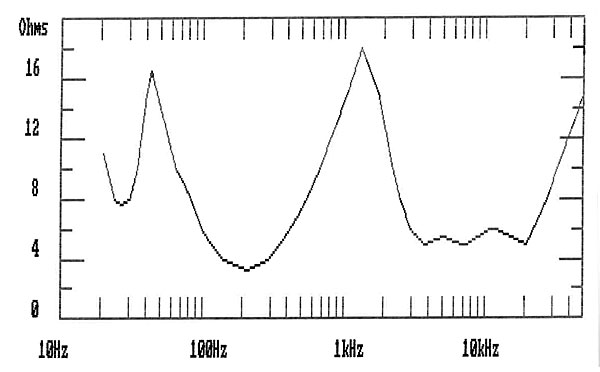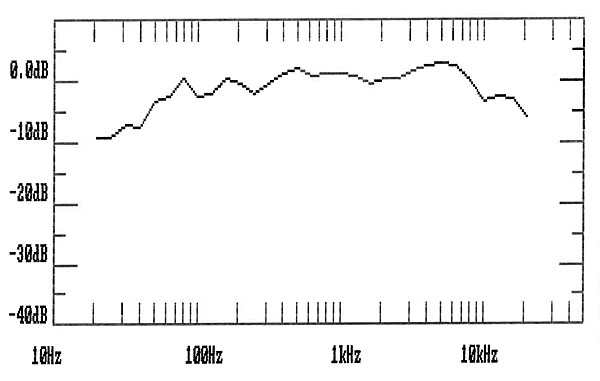| Columns Retired Columns & Blogs |
I loved the original DCM Time Windows, and I passed over them only when I decided to get the Dahlquist DQ-10's for the living room and LS3/5a's for the upstairs. The 1970's was an amazing time for speaker innovation, what with the three that I mentioned, the Bose 901, the Advents, the HMT's, and some great floorstanders like the HQD's, the IMF's, and the FMI's to name a few. The big ones were out of range of my budget then, but it's remarkable what I could afford on what would be a $50k salary today.
I've read here about how audiophiles can get much more for their money today, in terms of sound quality compared to the 1970's, but if those "affordable" speakers today are bland-looking boxes like the Advents were then, then I wouldn't be too excited about a review comparing, say, the 12 best affordable systems of the 1970's to the 12 best affordable systems of this decade. But, if there were much to be excited about with today's systems, aesthetically as well as for sound quality, that might make an interesting review.










































